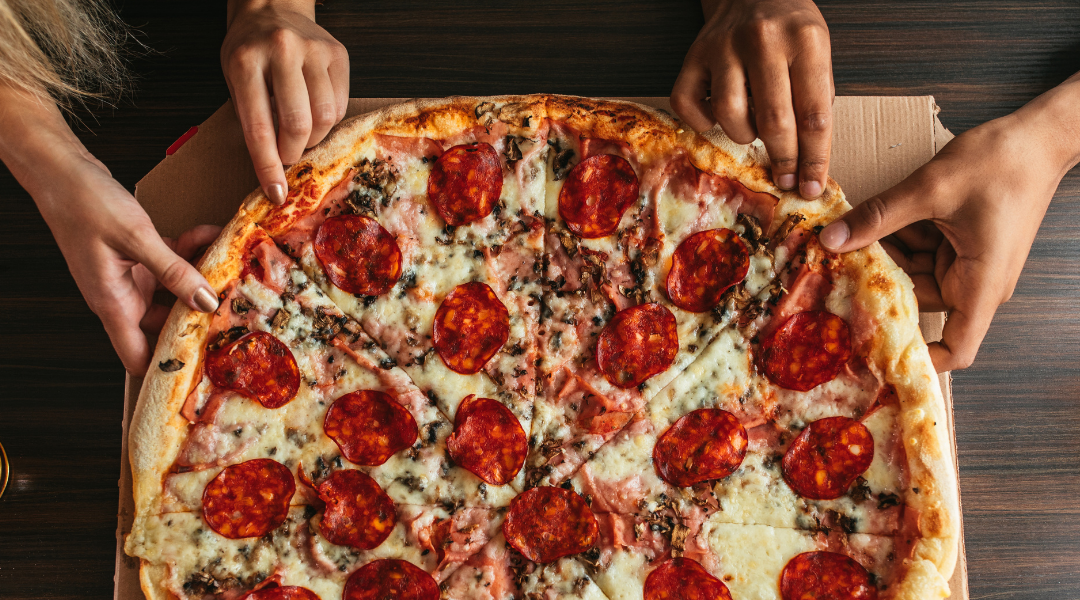 AUTHOR: Cordelia Woodward RD, Freelance, BDA member
AUTHOR: Cordelia Woodward RD, Freelance, BDA member
This week the government set out new calorie reduction guidelines for the food industry, with a call to reduce excessive calories in everyday foods by up to 20% by 2024. We ask why, what and is it enough?
Why have these guidelines been set?
It’s part of the ongoing government’s obesity strategy, but there’s also new urgency due the recent Public Health England (PHE) report into excess weight and COVID-19, with excess weight defined as being overweight, obese or severely obese, with a BMI >25kg/m2. The report found that those carrying excess weight are at increased risk of:
– Hospitalisation
– The need for Intensive Care Unit (ITU) admission
– Death from COVID-19
Obesity is a major public health concern, with almost two thirds of adults in England overweight.
A closer look at the targets
The following voluntary targets/ambitions have been set:
– 20% calorie reduction for most meal categories in the eating out of home, takeaway and delivery sector, alongside a maximum calorie guideline for all categories
– 10% calorie reduction for children’s meal bundles
– 10% calorie reduction for ready meals, chips and garlic bread, alongside a maximum calorie guideline for all categories
– 5% reduction in crisps & savoury snacks
– 5% reduction for sandwiches
– 20% reduction for pizza & pastry products
Further detailed guidance can be found in the full report here
Why target these categories?
Research found that many foods in the categories targeted are providing excessive calories. PHE provide the following examples:
– Takeaway or restaurant pizza – found to provide up to 2,320 calories per pizza
– Supermarket or shop bought pizza – found to provide up to 1,368 calories per pizza
– Main meals eaten out at restaurants – found to range from 385 calories up to 2,095 calories per meal
– Supermarket ready meals – found to range between 205 to 775 calories per meal
To put this into context, the recommended daily intake for calories per day is 2,500 calories for men and 2,000 calories for women. (NB: individual calorie needs are influenced by other factors such as age, metabolism and physical activity levels.)
A PHE campaign in 2018 encouraged us to aim for ‘400,600,600’: 400 calories at breakfast, 600 calories at lunch and 600 calories at dinner. Although the campaign had limitations in educating about healthy eating, the numbers again highlight the excessive calories often found in ready meals, takeaways and restaurants.
Salt reduction guidelines
In addition to new calorie reduction guidelines, the government have also set out new goals for salt reduction. It gives the food industry targets for maximum grams of salt per 100g for foods including soups, pizzas, crisps and ready meals.
Too much salt in the diet can contribute to high blood pressure, which can increase the chances of cardiovascular disease (CVD). It is recommended that we consume no more than 6g of salt per day – about one teaspoon. Currently, the average is 8.4g per day – about one third higher than the maximum recommendation. See progress so far for salt reduction, based on 2017 targets
Are the new targets enough?
As we’ve said in a previous post, it’s encouraging to see the government taking action against obesity. Many meals, especially those eaten out of the home, are clearly providing excessive calories that consumers may be unaware of. But the targets are voluntary, so there’s no guarantee any of the measures will be carried out.
And of course we must remember that obesity is a complex multifactorial condition. Factors such as food environment, food education and affordability of foods can also play an important role in food choices.
PHE state that progress reports are to be expected in 2022. Do you think we’ll see any positive results?







It’s good to see the government taking steps to reduce calories and salt in everyday foods, though voluntary targets may not be enough on their own. I also find some good reads from SheMed’s blogs that are really helpful for simple tips on healthier eating.